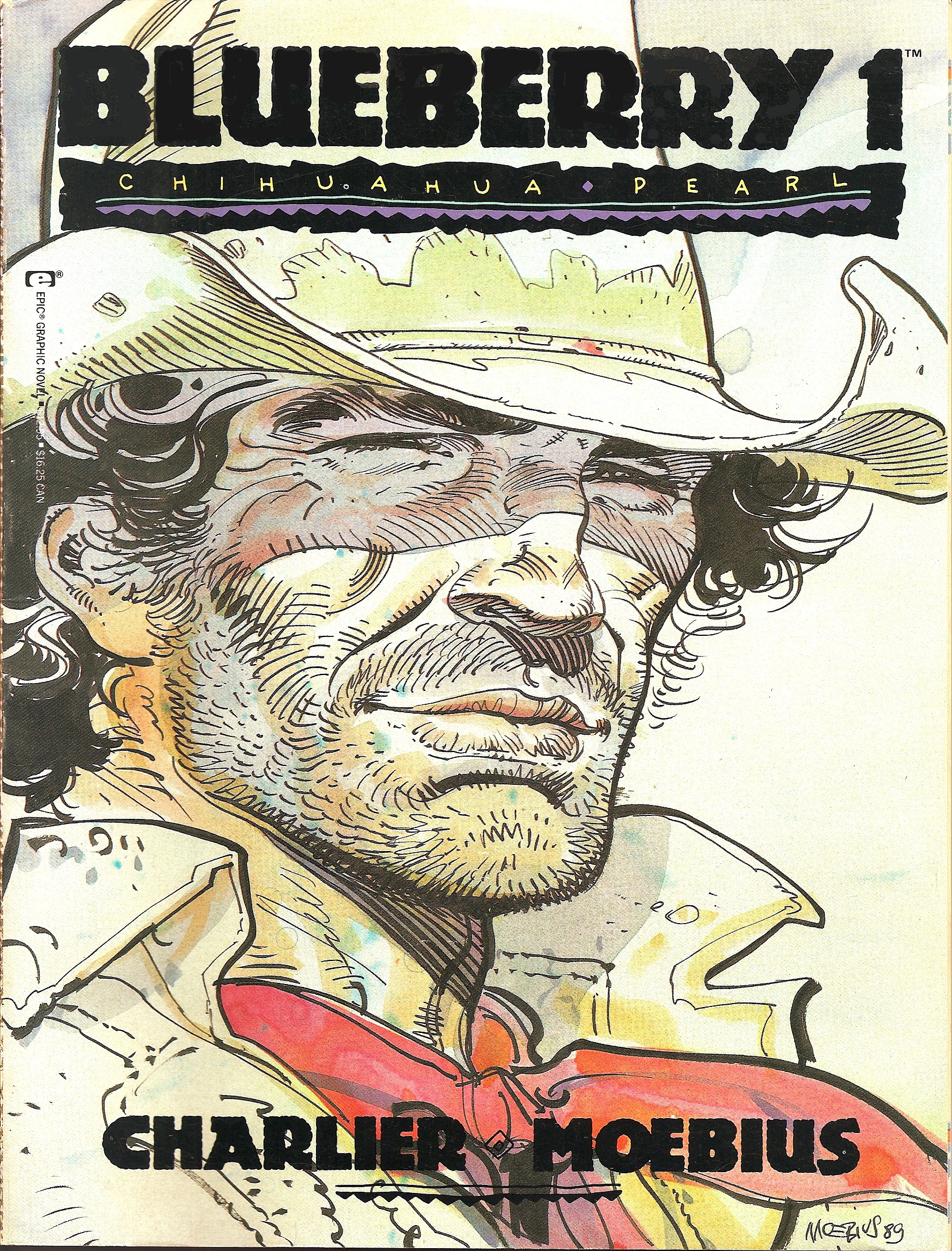This magazine started 4th Mar 1939, ended 16th Feb 1963. Merged with Magnet 1941, became Knockout and Magnet until 1945, then just Knockout again. Merged with Valiant. The first, published by the Amalgamated Press (later Fleetway Publications), was launched by editor Percy Clarke and sub-editor Leonard Matthews in 1939 to compete with The Dandy and The Beano, launched by DC Thomson in 1937 and 1938 respectively. Like its rivals, it featured a mixture of humour and adventure strips and illustrated prose stories. Matthews recruited Hugh McNeill, a former Beano artist, as the title’s main humour artist, and his strips “Our Ernie” and “Deed-a-Day Danny” were very popular.
Two characters were imported from the prose story papers – Billy Bunter, formerly of The Magnet, initially drawn by C. H. Chapman, later by Frank Minnitt, and Sexton Blake, initially drawn by Jos Walker, later by Alfred Taylor, Roland Davies and definitive Blake illustrator Eric Parker. Also Jerry Spring (Jije) renamed into Slade, Spirou and Fantasio renamed into Dickie and Birdbath. After the Second World War the title featured more adventure strips, and Matthews, who was promoted to editor in 1948, recruited artists including Sep E. Scott, H. M. Brock, D. C. Eyles and Geoff Campion to draw them. The title lasted 1251 issues, from (cover dates) 4 March 1939 to 16 February 1963, absorbing The Magnet in 1940 and Comic Cuts in 1953, before being merged into Valiant. The second ran from (issues dates) 12 June 1971 to 23 June 1973, when it merged with Whizzer and Chips.








